With the arrival of winter, there are several things to consider if you have allergies. First, if you haven’t done it already, now is a good time to change the filter on your furnace. Dust has likely accumulated in your furnace for 6 months and old filters, burdened with a large dust load, do not filter as well as new, clean ones.
Outdoor allergies resolve in the winter but indoor allergies usually worsen. The most common indoor allergies are cat, dog and other furry animals. Dust mite allergy also tends to worsen in the winter.

Humidity is something that tends to confuse most people. I often see patients who use a steamer or humidifier thinking it will decrease their “allergies.” But if cat and dog are the main indoor allergens, how will a humidifier improve pet allergies? The answer is they won’t. Do they help dust mite allergy? No, just the opposite. One of the ways to control dust mite population is to keep the humidity low, not high. Two things that are helped by using a humidifier in the winter are dry nasal passages and dry skin. Many patients with allergies also have eczema. Dry skin usually results in a flare of eczema. So, using a humidifier in the winter can help eczema. It can also help a dry nose. Using a water based lubricant for the nasal passages is another way to improve dry nostrils in the winter. A good rule of thumb is to keep the humidity below 50%, whether it is summer or winter.
During the holiday season, many people get live Christmas trees. Unfortunately, these trees tend to have a lot of mold on them. Since Christmas trees do not pollinate in the winter, and definitely do not pollinate in your living room, the increase in symptoms that occur once the Christmas tree is put up and decorated is usually caused by the mold. If you have significant mold allergies, it would be best to use an artificial Christmas tree.
Michael Park, MD
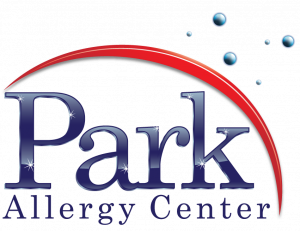
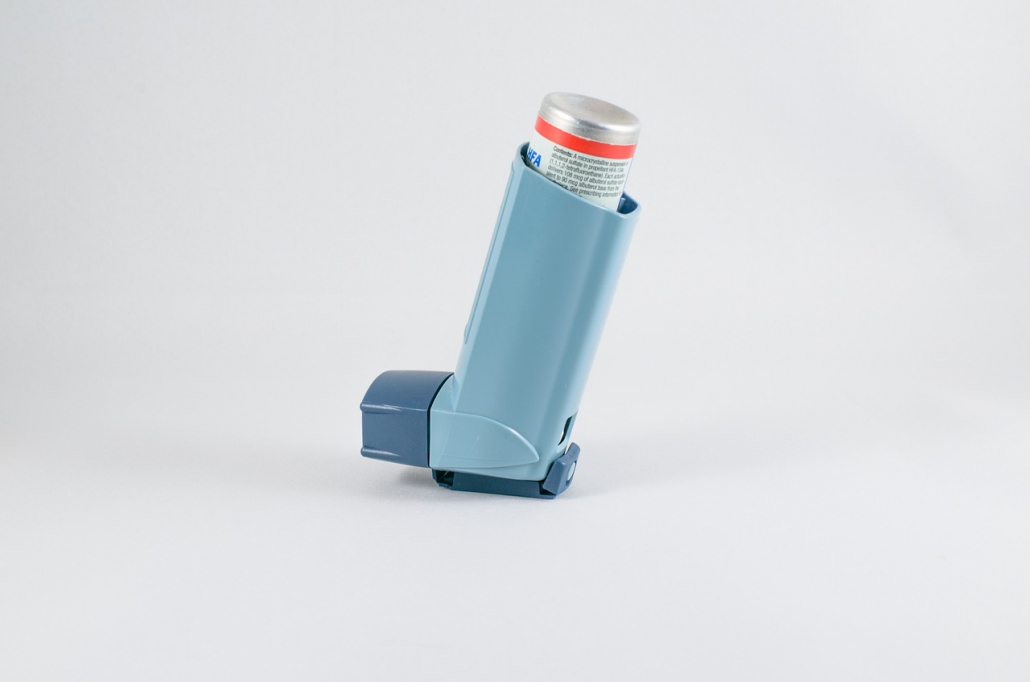
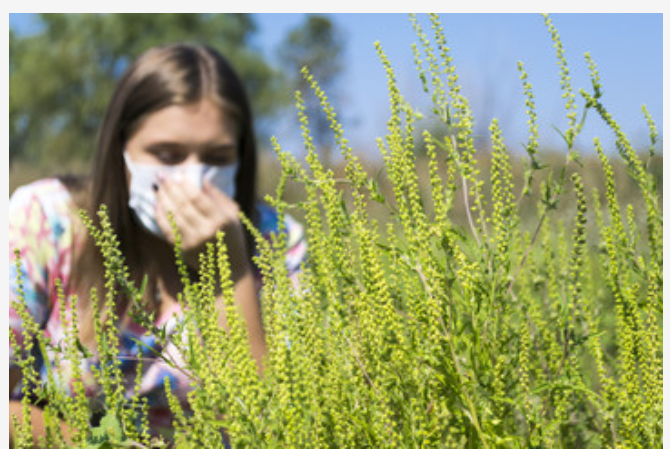
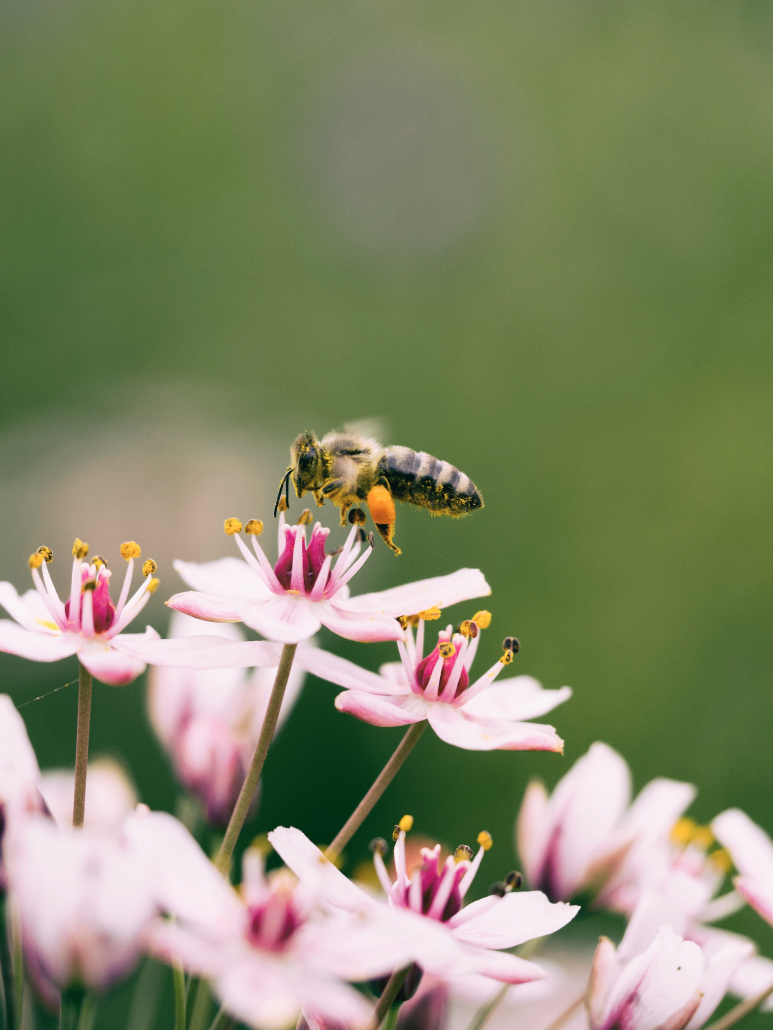
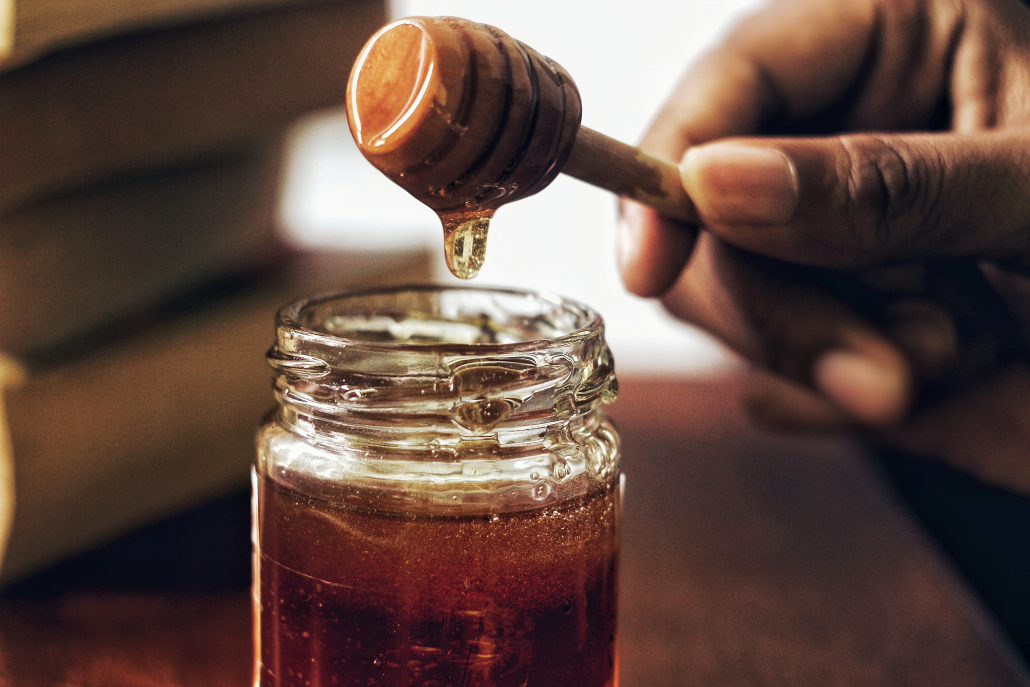
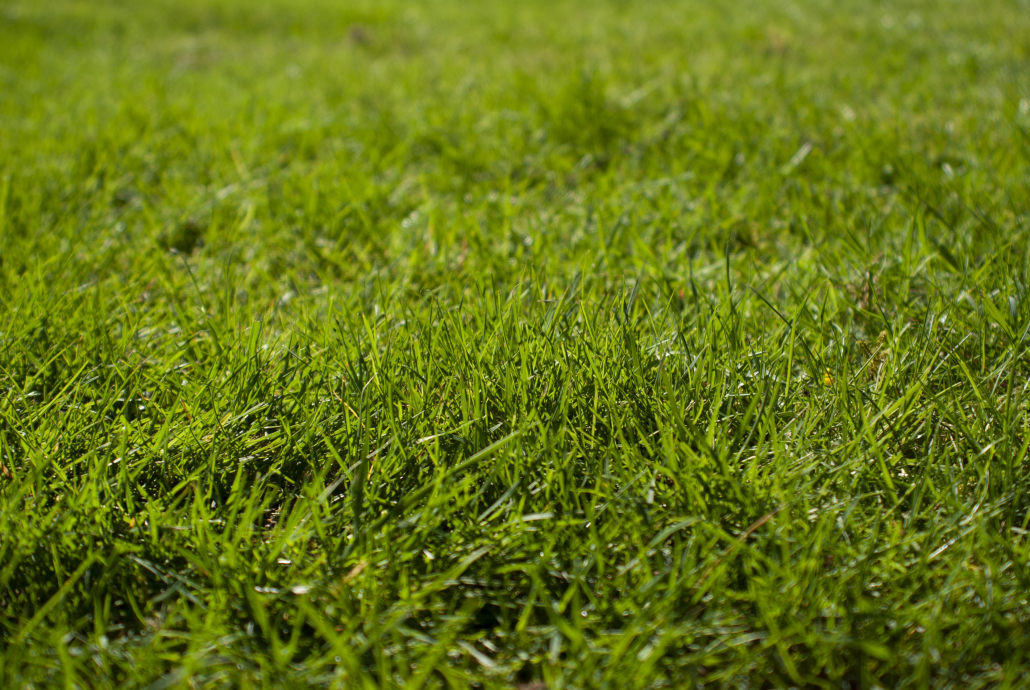

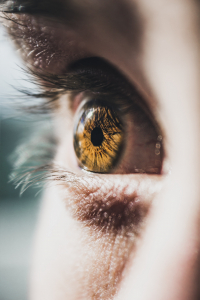 The next topic will be treatment for allergy eyes. Unfortunately, allergy eye symptoms are among the most difficult to treat. If you are a contact lens wearer, it is even worse because pollen just sticks to those lenses like glue. There are two basic types of medications used in allergy eye drops. One is a vasoconstricting drug which makes the blood vessels smaller. This is how it “gets the red out.” Unfortunately, people usually develop tolerance to this type of medication, meaning “you get used to it,” and it has a weaker and weaker effect the more you use it. This type of medication is not healthy for the eye with daily use. The other type of medication is an antihistamine in solution. So, it works just like oral antihistamines work – they block histamine, the major substance involved in allergic symptoms. Antihistamine eye drops are the preferred treatment for allergy eyes. I usually recommend ketotifen. This medication is available by a variety of different brands including Zaditor and Alaway. I have also seen Meijer and Walgreens versions of ketotifen eye drops. Other helpful tips for allergy eyes include NOT wearing contact lenses, and using lubricating drops to gently flush the pollen out of the eyes. It also helps to keep the bedroom windows closed, wash your hair before you go to bed, and change your pillow case often.
The next topic will be treatment for allergy eyes. Unfortunately, allergy eye symptoms are among the most difficult to treat. If you are a contact lens wearer, it is even worse because pollen just sticks to those lenses like glue. There are two basic types of medications used in allergy eye drops. One is a vasoconstricting drug which makes the blood vessels smaller. This is how it “gets the red out.” Unfortunately, people usually develop tolerance to this type of medication, meaning “you get used to it,” and it has a weaker and weaker effect the more you use it. This type of medication is not healthy for the eye with daily use. The other type of medication is an antihistamine in solution. So, it works just like oral antihistamines work – they block histamine, the major substance involved in allergic symptoms. Antihistamine eye drops are the preferred treatment for allergy eyes. I usually recommend ketotifen. This medication is available by a variety of different brands including Zaditor and Alaway. I have also seen Meijer and Walgreens versions of ketotifen eye drops. Other helpful tips for allergy eyes include NOT wearing contact lenses, and using lubricating drops to gently flush the pollen out of the eyes. It also helps to keep the bedroom windows closed, wash your hair before you go to bed, and change your pillow case often.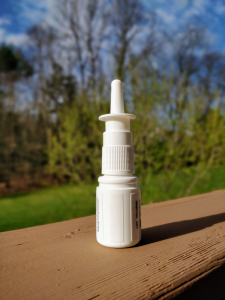 In Part 1, I discussed oral antihistamines. In this post, I will review OTC allergy nasal sprays. The main OTC options are Nasacort (triamcinolone), Flonase (fluticasone propionate), Rhinocort (budesonide), and Flonase Sensimist (fluticasone furoate). These allergy nasal sprays are far more effective compared to oral antihistamines when it comes to treating classic allergy symptoms. So, if you have tried oral antihistamines but still suffer from allergy symptoms, you should try an allergy nasal spray. Further, they are effective for nasal stuffiness, whereas oral antihistamines are not. All of the 4 products above are topical steroid sprays. They work best if used on a daily basis. They are not as effective if used intermittently. Further, they usually become more effective after 3-4 days of use. Even though they are steroids, they are safe and most are FDA approved down to the age of 2 (Rhinocort is approved down to the age of 6).
In Part 1, I discussed oral antihistamines. In this post, I will review OTC allergy nasal sprays. The main OTC options are Nasacort (triamcinolone), Flonase (fluticasone propionate), Rhinocort (budesonide), and Flonase Sensimist (fluticasone furoate). These allergy nasal sprays are far more effective compared to oral antihistamines when it comes to treating classic allergy symptoms. So, if you have tried oral antihistamines but still suffer from allergy symptoms, you should try an allergy nasal spray. Further, they are effective for nasal stuffiness, whereas oral antihistamines are not. All of the 4 products above are topical steroid sprays. They work best if used on a daily basis. They are not as effective if used intermittently. Further, they usually become more effective after 3-4 days of use. Even though they are steroids, they are safe and most are FDA approved down to the age of 2 (Rhinocort is approved down to the age of 6).